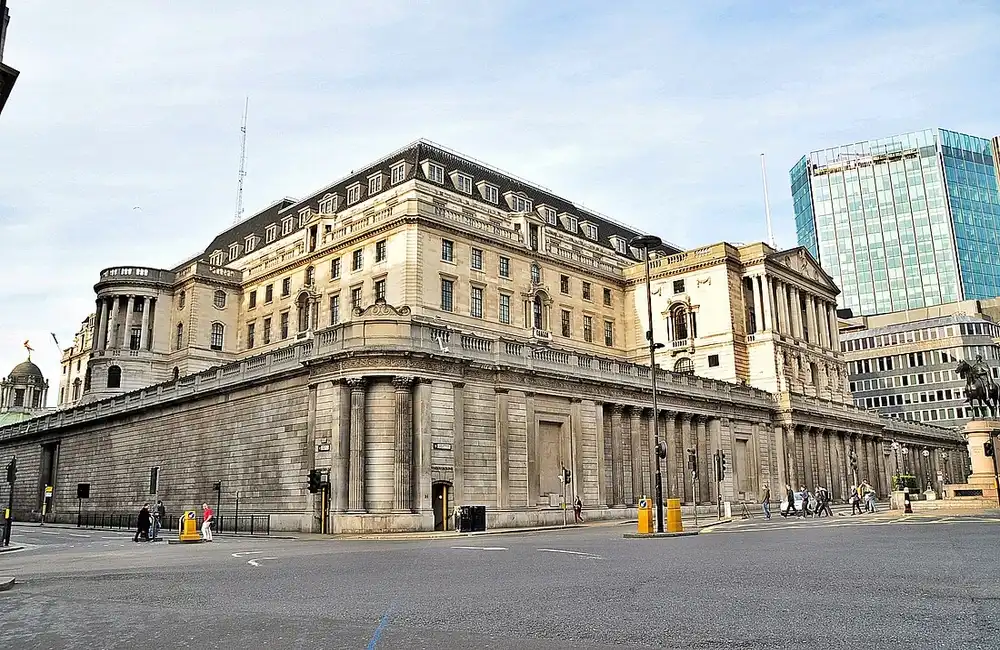The value of Sterling remained unchanged on Monday when US dollar sellers paused after several weeks of strength from aggressive Federal Reserve policies.
UK investors now face a stable period in foreign exchange markets, which may shape their international exposure and approach to currency diversification.
The dollar index experienced a minor 0.1% drop during Asian trading after reaching a 10-month peak the previous week. Traders who anticipate significant upcoming developments expect those events to affect major currency trends in the near future.
Key Factors Impacting the Sterling-Dollar Exchange Rate
The British pound is steady at $1.22, which stays near its Friday close position. Recent US data has strengthened predictions about the Federal Reserve maintaining high interest rates for some time, which keeps the dollar popular. Some market participants speculate that Treasury yields and the strong dollar may soon encounter resistance, which could present forex trading possibilities.
The euro continues to stabilise UK trade conditions by maintaining its value at $1.06. The European Central Bank remains cautious, keeping the single currency under pressure with no recovery indications, thus maintaining Sterling's stable position in this currency exchange.
Insights for UK Investors
UK investors encounter various opportunities and risks from exchange rate volatility, particularly when they manage international portfolios. The pound demonstrates stability, which creates opportunities to hedge currency volatility or modify overseas investment strategies while the dollar continues its strong performance.
The fluctuations in currency rates impact import-export companies, global corporations, and private investors who possess international investments. At present sterling levels, UK investors should consider foreign market entry while aligning their decisions with potential dollar weakening.
Upcoming Influencers in the Market
US economic data releases, such as regional manufacturing reports and non-farm payrolls expected this Friday, are crucial factors that will impact currency movements throughout the week. Investors in the United Kingdom need to monitor new domestic inflation data and consumer confidence figures, as these elements will likely reveal the Bank of England's intentions regarding future policy actions.
Investors need to stay alert to worldwide geopolitical situations because current conflicts and economic threats can lead to unforeseen disruptions in currency markets.
Risks and Opportunities for Sterling
The financial environment remains complicated Despite the pound's strength. Markets are closely watching UK inflation pressures and the Bank of England’s potential rate hikes. The central bank’s actions might enhance sterling’s value, but will negatively affect sectors that depend on low borrowing costs.
Final Thoughts
UK investors need to adopt a forward-thinking approach during currency market changes. To effectively handle this evolving situation, investors must focus on foreign portfolio diversification while tracking essential economic indicators. The current stability of the pound alongside a possible slowdown in dollar momentum presents a chance to review investment strategies and adjust portfolios for both near-term and enduring stability.




















